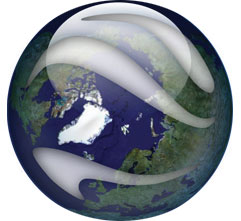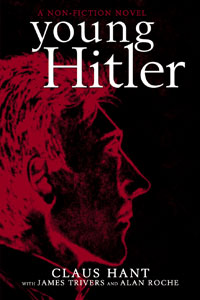 Google has announced a new set of historical aerial images, taken over European cities during World War II, which have been made available via Google Earth. They can now be compared directly to images from the present day. Images taken in 1943, show the effect of wartime bombing on more than 35 European towns and cities. Imagery for Warsaw, which was heavily destroyed at the time, is available from both years 1935 and 1945.
Google has announced a new set of historical aerial images, taken over European cities during World War II, which have been made available via Google Earth. They can now be compared directly to images from the present day. Images taken in 1943, show the effect of wartime bombing on more than 35 European towns and cities. Imagery for Warsaw, which was heavily destroyed at the time, is available from both years 1935 and 1945.
The Historical Imagery feature gives people a unique perspective on the events of the past using today’s mapping technology. It is hoped that this World War II imagery will enable all of us to understand our shared history in a new way and to learn more about the impact of the war on the development of our cities.
Imagery from 1935 and 1945 for Warsaw in Poland is particularly compelling. The city was amongst those most badly damaged in the war and comparisons with today are striking. Contrast can be seen for example by comparing the imagery of the Historic Centre of Warsaw, a UNESCO World Heritage site, described as an ‘outstanding example of a near-total reconstruction of a span of history covering the 13th to the 20th century’. The Royal Castle of Warsaw for example was completely burned to the ground and subsequently reconstructed, between 1971-1988. Dramatic too is the imagery of the location of the Warsaw Ghetto, supposedly the largest ghetto in Europe between 1940 and 1943.












